Frog in a drop of water
State-of-the-art DNA technology and citizen science - "Frog in a drop of water" unleashes new prospects for amphibian research
Detective work for amphibian protection - for the first time, amphibian screening is being carried out throughout Austria by detecting their DNA traces in water - and everyone can take part. Amphibians - including frogs, toads, toads, salamanders and newts - are strictly protected in Austria. Nevertheless, populations are continuously and in some cases dramatically declining, which is mainly due to habitat loss.
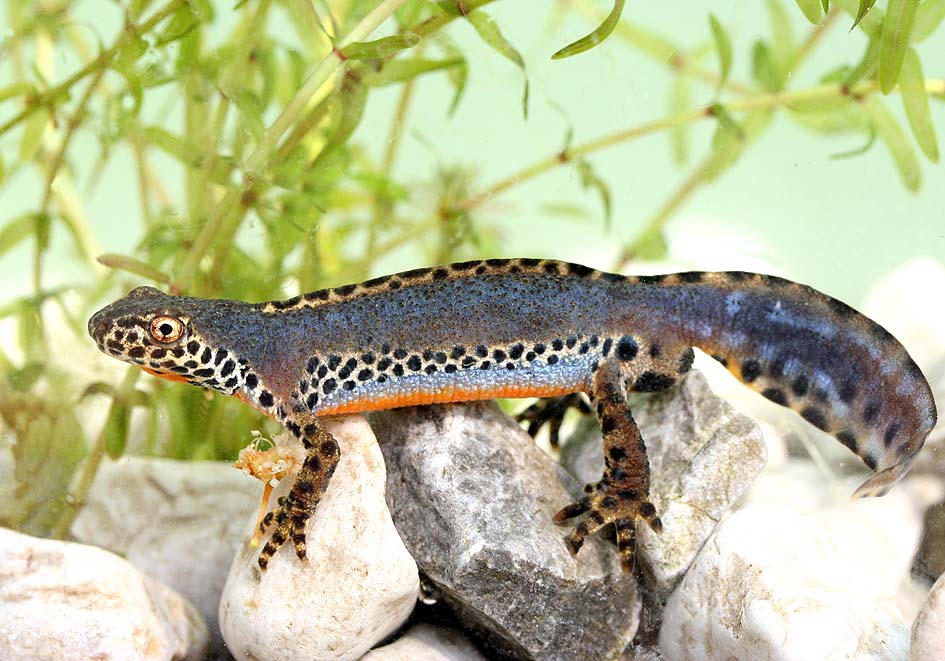
Natural, private garden ponds can play an important role. They act as important possible retreats, but are usually not accessible to the public. In addition, there are often small and amphibian-rich waters that are only known to those familiar with the area. This is where citizen scientists come into play: Their efforts make a valuable contribution to species records and data on the distribution of the amphibian fungus Batrachochytrium dendrobatidis, or Bd.
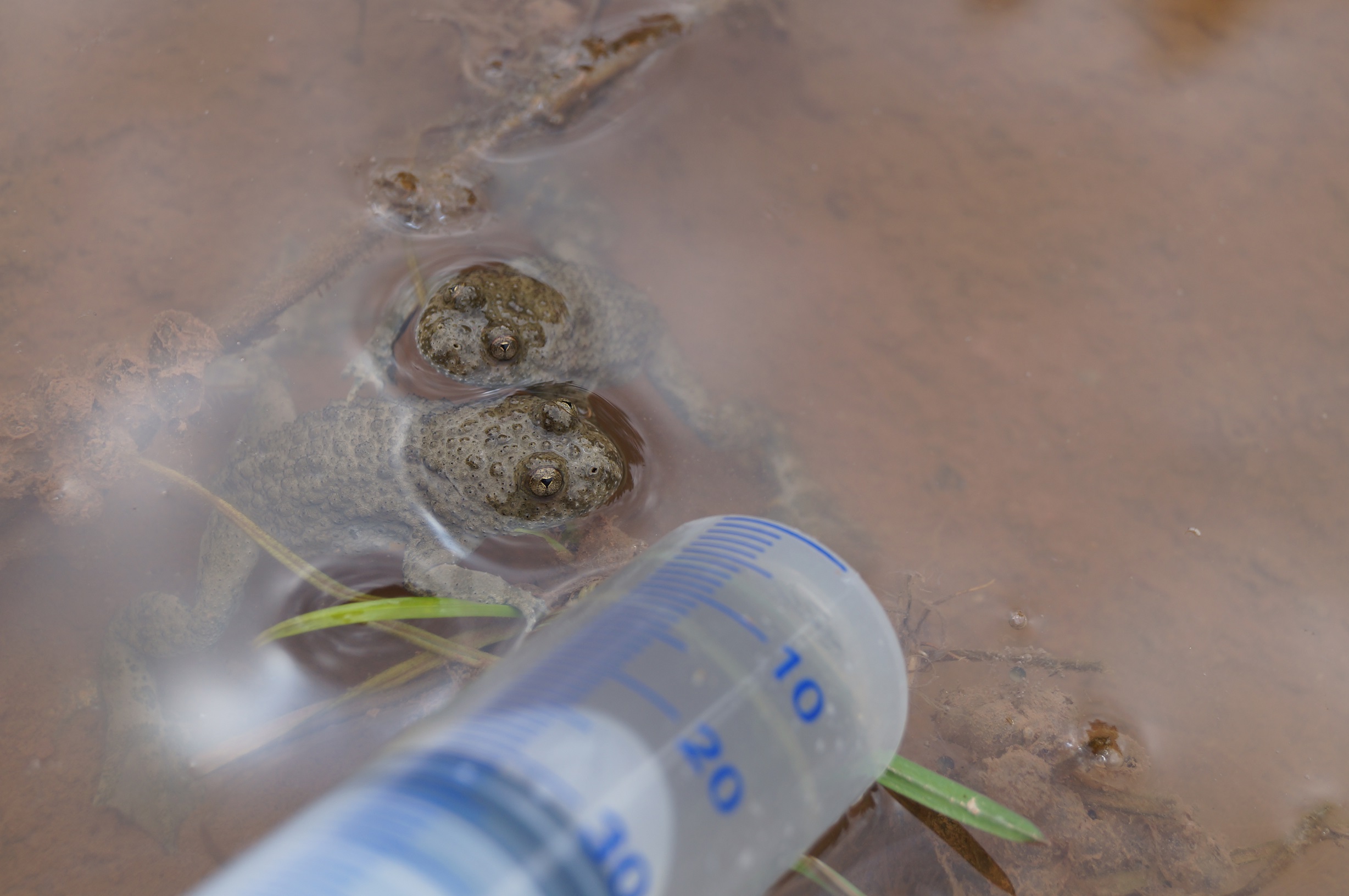
Interessierte aus ganz Österreich konnten sich bis Ende März bewerben, Ende April wurden 1.120 Beprobungskits versendet. Über eine kinderleichte Probennahme können die kostbaren DNA-Spuren, die von Lebewesen im Wasser hinterlassen werden, herausgefiltert werden. Durch eine einfache Wasserprobe kann also die Artenvielfalt im Teich, sowie das Vorkommen von Bd erfasst werden. Dazu wird der fertige Filter an die Uni gesandt, im High-Tech Labor analysiert und bioinformatisch ausgewertet. Die Ergebnisse werden im Herbst 2024 veröffentlicht.
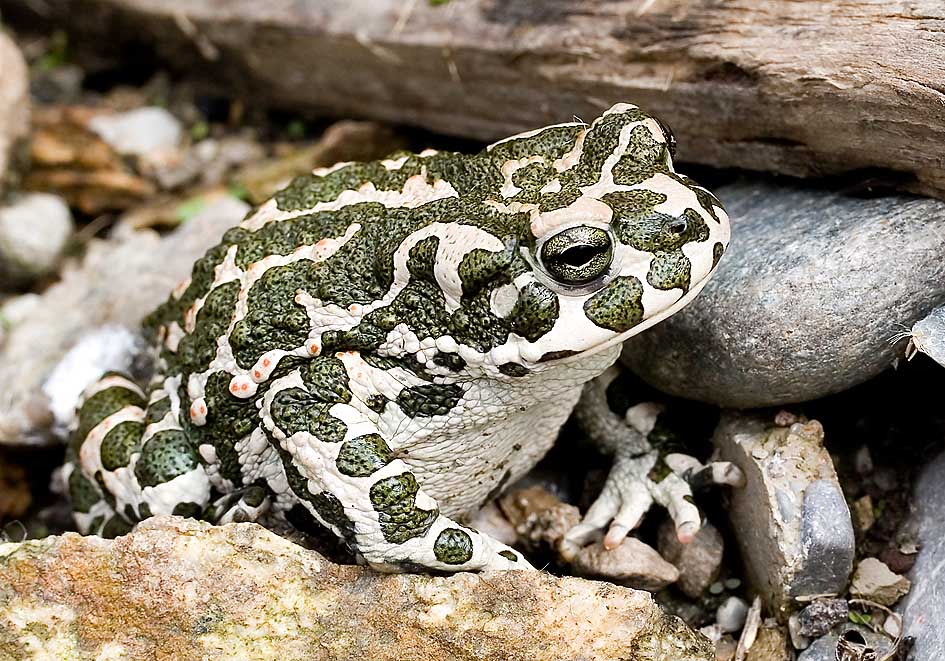
Videos zum Projekt
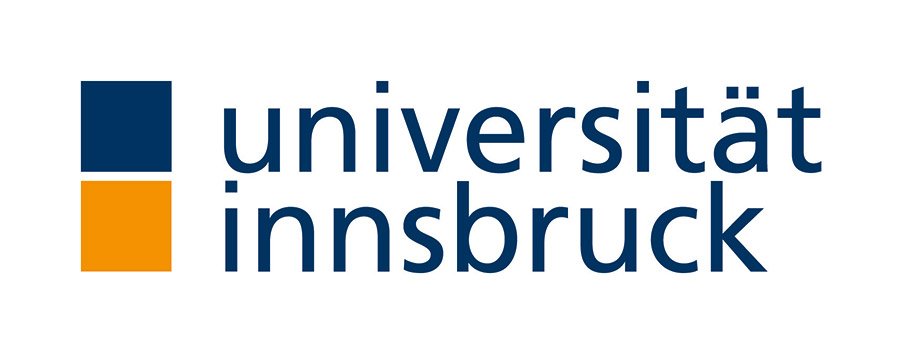
This project fulfils version 1.1 of the quality criteria for citizen science projects on Österreich forscht.
City Nature Challenges in Austria
Every observation counts!
The City Nature Challenge (short: CNC) is an annual nature competition between regions that takes place in spring (usually at the end of April, beginning of May) and is held simultaneously in various cities and regions worldwide. On four consecutive days, people around the world document the diversity of wild animal, plant and fungi species in their region using photos and sound recordings and share them on iNaturalist. Together with others the observations are then identified to species level on iNaturalist.
The CNC was invented by the Natural History Museum of Los Angeles County and the California Academy of Sciences in 2016 and is organized by them since then annually. 2018 the CNC went globally, and hundreds of cities and regions are participating since then in this friendly challenge every year: Which region makes the most observations? Which region has the most species? Which region can motivate the most participants?
All observation of wild organisms in the participating regions count!
Since 2020, several Austrian cities and region are also participating in this international event. The CNC is organized by each of the participating cities or regions on their own. The “City Nature Challenges in Austria” project acts as an umbrella project for these participating cities and regions in Austria.
The aim of the CNC is to reacquaint people with their local biodiversity, to arouse curiosity and to discover nature on their doorstep. You can use the observation platform iNaturalist to exchange ideas with other nature lovers and learn and improve your knowledge of the species by identifying species together with others. This data helps research, administration, and nature conservation: it contributes to a better understanding of the status of species and their distribution in Austria. Due to the large number of observations, robust data on phenology can be obtained, area expansions of invasive species or of rare/sensitive species can be detected, and rediscoveries and new finds are also possible.
When?
The next City Nature Challenge takes place from April 25th to 28th 2025. Planning for the 2026 CNC event already starts in autumn 2025.
Participate
Everyone can participate in the City Nature Challenge by making observations or help identifying observations to species level! No registration to the project is necessary. All you need is a camera (smartphone or digicam) and a free iNaturalist account for uploading the photos. In Salzburg and Vorarlberg, Observation.org and the ObsIdentify app are used to collect data. The use of both platforms is free of charge.
Now, simply take photos of wild animal, plant or fungi species between April 25th and 28th 2025 in the participating regions and post them on iNaturalist. That is all it takes for your observation to count in the City Nature Challenge!
You can also help identify species on iNaturalist submitted during the CNC. Or simply tell your family, friends or colleagues that the CNC is happening in their region.
iNaturalist is a citizen science platform where everyone can post images or sound recordings of their species observations and identify it together with other users. It is run by the California Academy of Sciences and the National Geographic Society. Beside the documentation of biodiversity users can also get in exchange with each other over the platform.
In Austria, you can take part in the City Nature Challenge in 2025 in the following regions:
- Amstetten – Waidhofen/Ybbs
- Elsbeere Wienerwald
- Graz bis Vulkanland
- Industrieviertel
- Innsbruck
- Krems – Wachau – Melk
- Marchegg
- Mittelkärnten
- Nationalparkregion Gesäuse
- Neusiedler See/Seewinkel
- Salzburg (via observation.org)
- St. Pölten
- Vorarlberg (via observation.org)
- Wien
What’s with the data?
The observations reported to iNaturalist during the course of the CNC can be viewed and used by any user of the observation platform. So they are freely available. In addition, verified observations (which have the status of "research grade") are shared with GBIF "Global Biodiversity Information Facility" – an international biodiversity database – used by scientists worldwide for their research. In addition, the observations are also available in the Austrian Biodiversity Atlas with a slight delay.
Through your iNaturalist account, you can control how your observations and photos may be used (by providing a Creative Commons license) and you can also remove your observations at any time by deleting your account.
Podcast episode
In April 2023, coordinator of the region Krems-Wachau-Melk, Tanja Lumetsberger, presented futher insights and details about the City Nature Challenge in our podcast Wissen macht Leute. You can listen to the episode here (in German).
Further information
Further information on the City Nature Challenges in Austria and how you can be part of it can be found on our project website.
Information on the official international project can be found at www.citynaturechallenge.org (in English).
Implementing organisations
- Haus der Natur Salzburg
- Haus für Natur, Museum Niederösterreich
- inatura Vorarlberg
- Institut für Biologie, Universität Graz
- Nationalpark Gesäuse
- Nationalpark Neusiedler See – Seewinkel
- Naturhistorisches Museum Wien
- Naturwissenschaftlicher Verein für Kärnten
- Paris-Lodron Universität Salzburg
- Tiroler Landesmuseen
- Universalmuseum Joanneum
- Universität für Weiterbildung Krems
The City Nature Challenge is organized on a global scale by the Natural History Museum of Los Angeles County and the California Academy of Sciences.
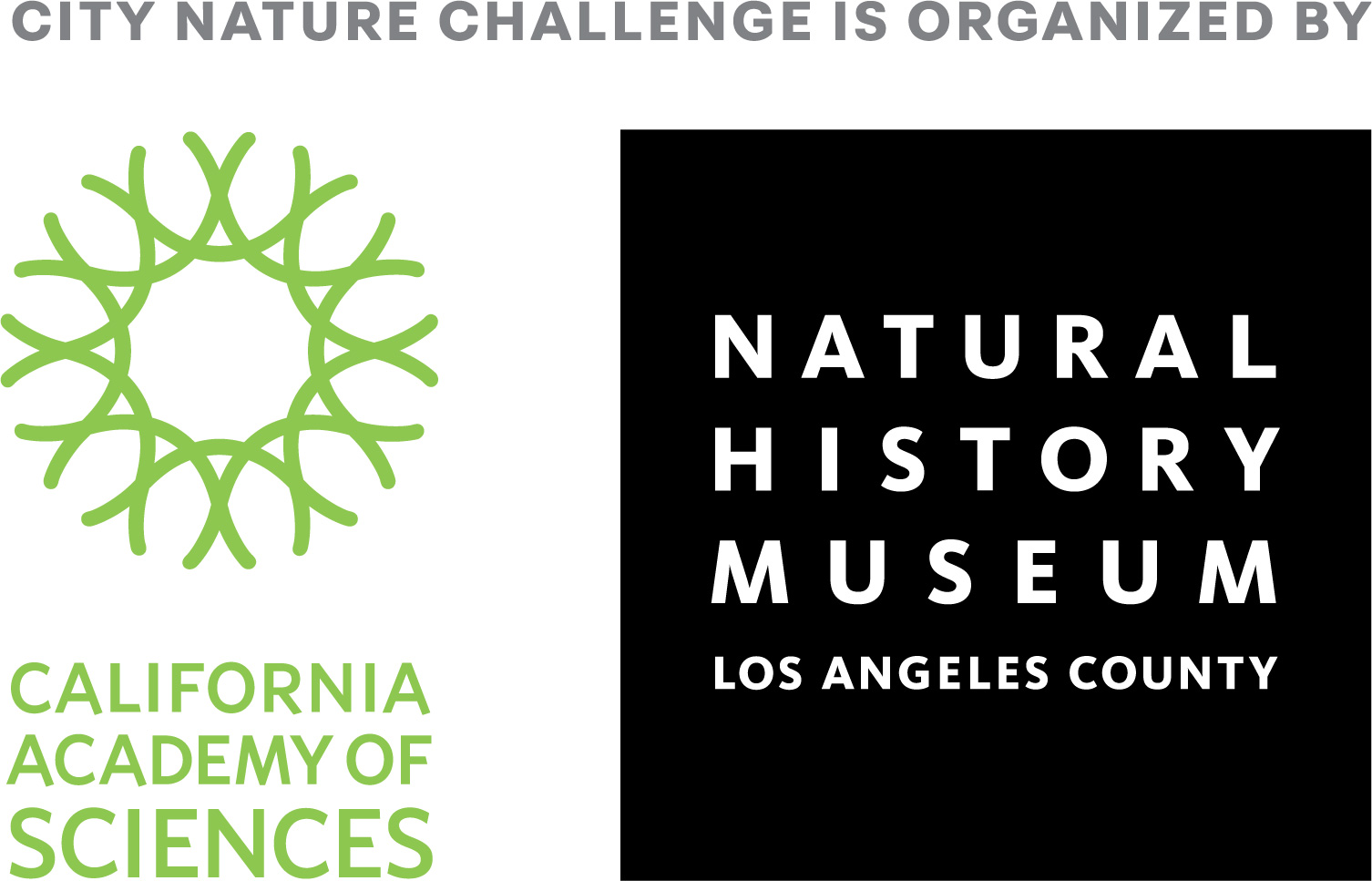
This project fulfils version 1.1 of the quality criteria for citizen science projects on Österreich forscht.
pilzdaten-austria.eu
The project Pilzdaten-Austria.eu aims at a comprehensive documentation of the occurrence and distribution of fungi in Austria, and to present and evaluate the available data. It is an Austria-wide cooperation of numerous mycologists, citizen scientists and institutions, which collect distribution data of fungi or hold collections of fungal specimens, coordinated by the Austrian Mycological Society.
The freely accessible online database Pilzdaten-Austria.eu continues the previous Bio-Office database of Austria's mushrooms and allows to view dynamic maps of more than 16,500 fungal species from almost 68,800 localities and to download the more than 777.000 records as tables according to various selection criteria and sorting. In addition to location and collection date, many reports contain notes on habitats and substrates, on the identification and documentation of the mushroom as well as the source of the stored data. Hints on further data sources, constructive comments as well as suggestions for further improvents of the Mushroom Data Austria are welcome. New reports of finds are checked before they are fed into the system.
Cooperation, especially the communication of mushroom findings, is explicitly desired. Everyone can contribute to the expansion by uploading their own finds (individual records or excel lists) and photos. You can also take part offline. To do this, take photos of the mushrooms, make a note of the accompanying trees and possibly collect a fruiting body for identification. The finds can then be brought to Rennweg 14, 1030 Vienna on Mondays from 5-7 pm.
The web pages also contain Latin and German names of the mushrooms recorded in the database as well as an indication of the degree of endangerment. Many species of fungi are also presented with pictures A considerable number of observations on the occurrence of fungal species are reported by amateur mycologists. Citizen scientists throughout Austria are thus making a significant contribution to the project's success with their fungal data.
Participation in the database project, especially the communication of fungal findings, is welcome. Please do not hesitate to contact us.
On request the raw data will be made available to interested persons. Please contact us via our contact form.
Podcast episode
If you would like to learn more, you can listen to the Wissen macht Leute podcast episode about the project (in German). More information can be found here.
Photo gallery
-
 Amanita regalis Amanita regalis
Amanita regalis Amanita regalis -
 Cortinarius subtortus Cortinarius subtortus
Cortinarius subtortus Cortinarius subtortus -
 Cortinarius sanguineus Cortinarius sanguineus
Cortinarius sanguineus Cortinarius sanguineus -
 Sparassis brevipes Sparassis brevipes
Sparassis brevipes Sparassis brevipes -
 Macrocystidia cucumis Macrocystidia cucumis
Macrocystidia cucumis Macrocystidia cucumis -
 Geastrum triplex Geastrum triplex
Geastrum triplex Geastrum triplex -
 Ganoderma Ganoderma
Ganoderma Ganoderma -
 Irmgard taking a photo Irmgard taking a photo
Irmgard taking a photo Irmgard taking a photo
https://www.citizen-science.at/en/component/k2/tag/fungi#sigProId2089ea4c5c
This project fulfils version 1.1 of the quality criteria for citizen science projects on Österreich forscht.


